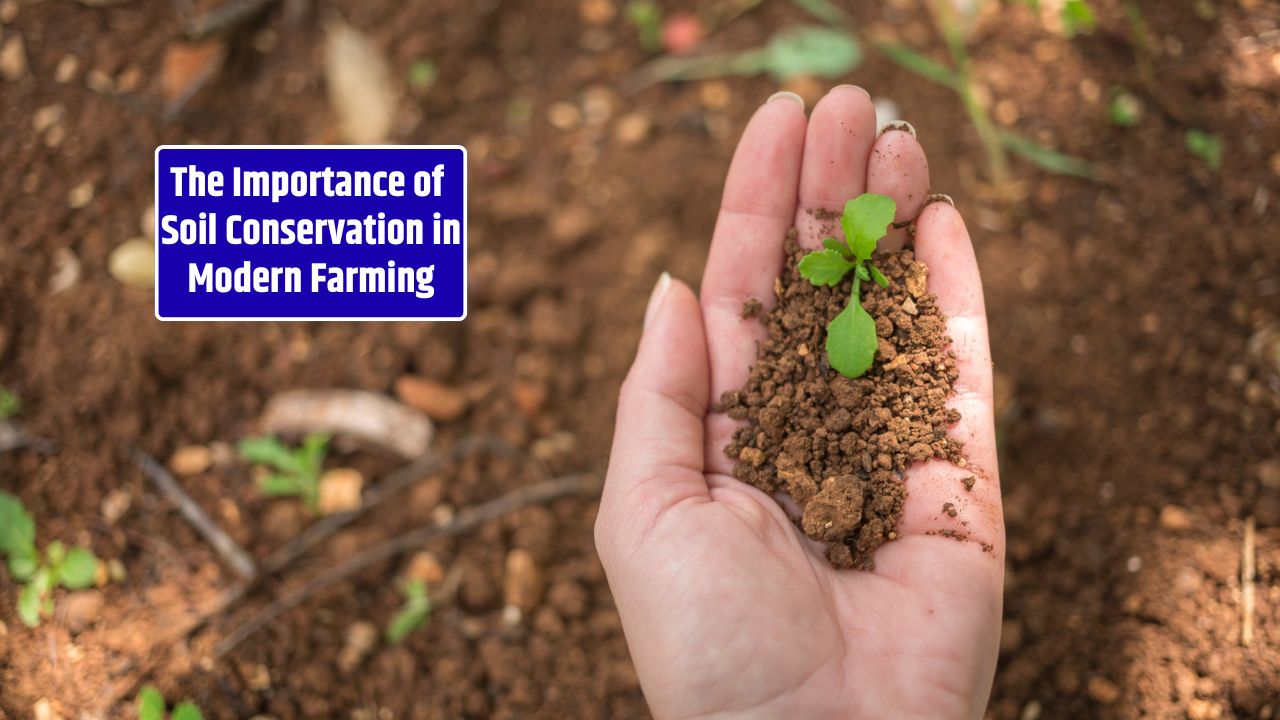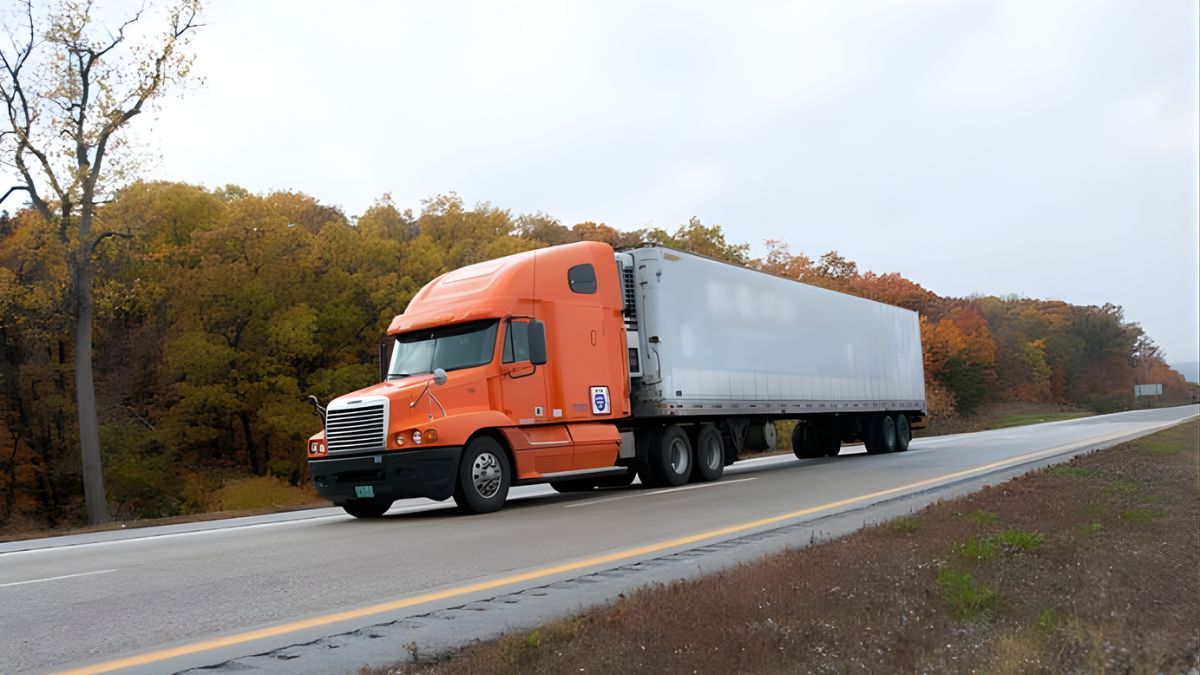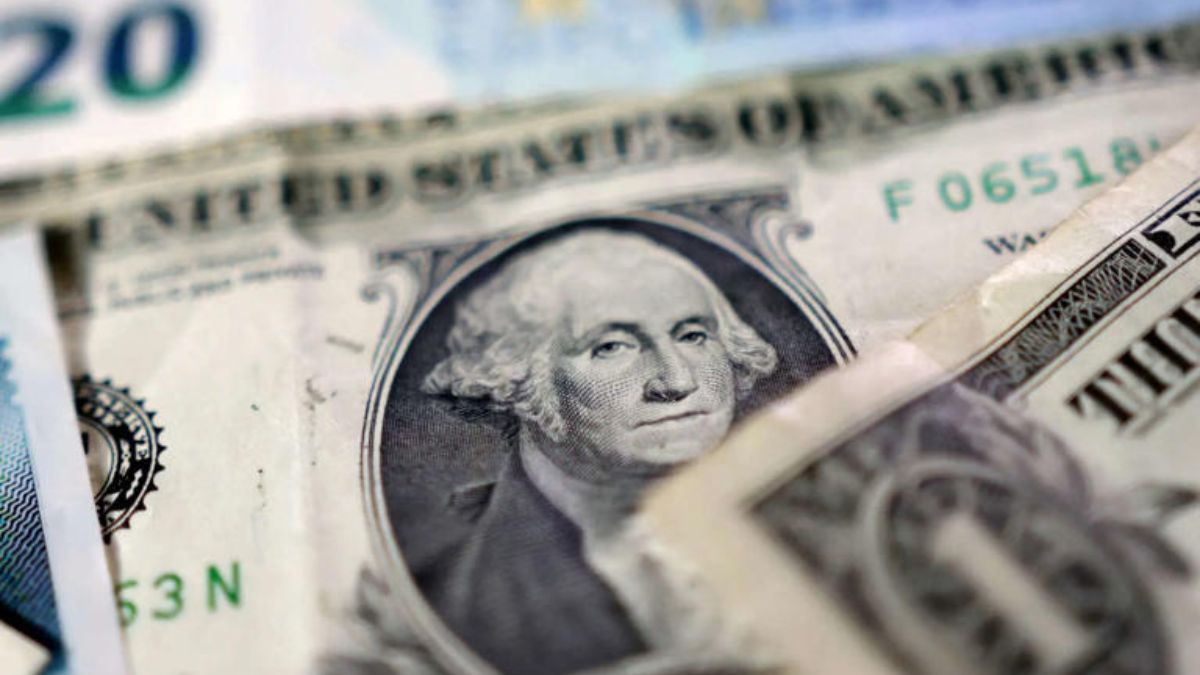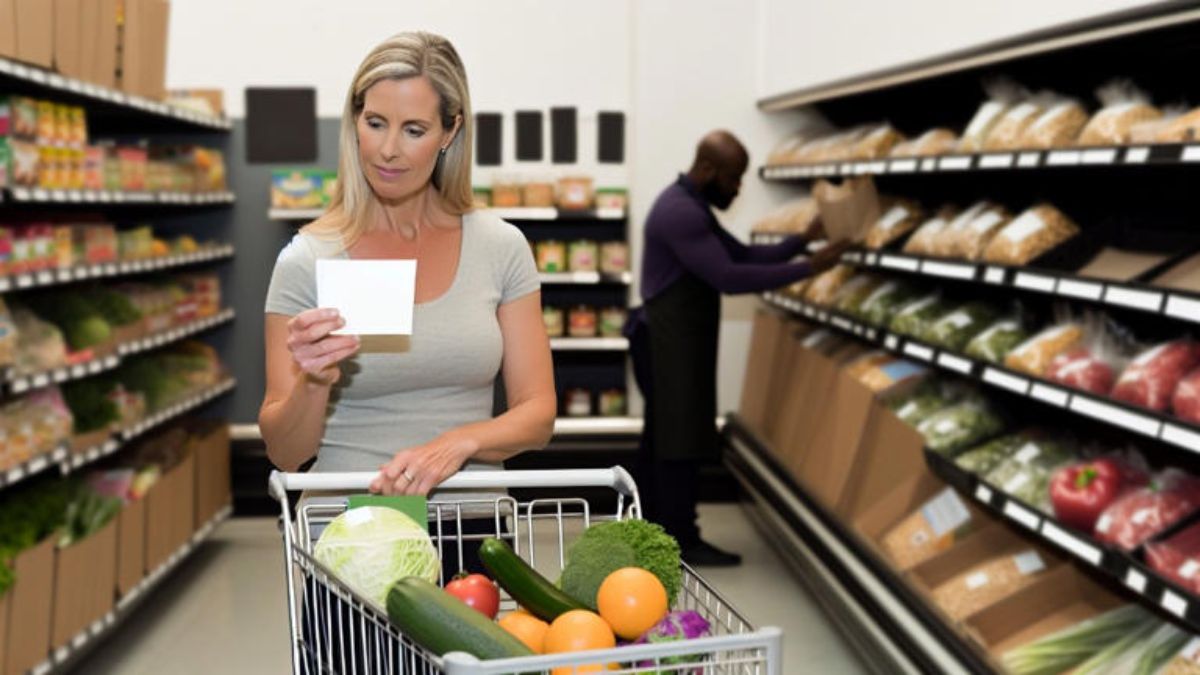Step onto any farm—whether in the dry plains of Mato Grosso or the rolling fields of Iowa—and you’ll see what really matters isn’t just what’s growing above the ground, but what’s happening beneath it. Soil might look like ordinary dirt, but it’s the quiet engine of agriculture, storing water, feeding crops, and sustaining ecosystems. Lose it, and you lose everything that depends on it. That’s why soil conservation isn’t just a buzzword in modern farming—it’s survival.
The Living Foundation of Farming
Healthy soil is alive. A single handful can contain billions of bacteria, fungi, and microorganisms working together to recycle nutrients and build structure. Those unseen processes determine how well crops grow, how much carbon a field stores, and how resilient a farm is to drought or heavy rain.
But decades of intensive tillage, chemical dependence, and deforestation have stripped this resource bare in many regions. According to the Food and Agriculture Organization (FAO), over one-third of the world’s soils are degraded—eroded, compacted, or depleted of organic matter.
In Brazil, where agribusiness powers much of the economy, soil conservation is now a top priority. Farmers in places like Confresa and Sorriso are realizing that productivity depends on restoring what was once taken for granted: living, fertile ground.
What Happens When Soil Is Neglected
Soil erosion might sound like a slow process, but it’s astonishingly fast once it begins. When topsoil—the nutrient-rich layer that anchors plants—is exposed to wind or rain, it can wash away in a single storm.
The ripple effects are massive:
| Impact | Description | Agricultural Consequence |
|---|---|---|
| Loss of Fertility | Nutrients leach away | Higher fertilizer costs, lower yields |
| Water Runoff | Reduced infiltration | Drought stress and flooding |
| Carbon Release | Organic matter oxidizes | More greenhouse gases, climate impact |
| Biodiversity Loss | Soil organisms die off | Poor nutrient cycling, disease risk |
Researchers from Embrapa Soils estimate that Brazil loses nearly 900 million tons of soil per year due to erosion—enough to fill thousands of cargo ships. That loss doesn’t just hurt farmers; it clogs rivers, silts up hydroelectric dams, and reduces the country’s long-term food security.
Conservation Agriculture: The Game Changer
The good news? Farmers now have a growing toolbox to rebuild what’s been lost. Conservation agriculture—a system based on minimal soil disturbance, permanent cover, and crop rotation—is proving to be one of the most powerful solutions.
These three pillars work together:
- No-till farming: Instead of plowing, farmers plant seeds directly into the residue of previous crops. This preserves soil structure, keeps carbon locked in, and prevents erosion.
- Cover crops: Legumes, grasses, and native plants grown between harvests protect the surface, fix nitrogen, and feed soil microbes.
- Rotation: Alternating crops like soy, corn, and beans reduces pest cycles and keeps nutrients balanced.
According to Brazil’s Low-Carbon Agriculture Program (ABC+), over 17 million hectares are now under conservation systems, cutting erosion by more than half and reducing fertilizer use.
Farmers in Mato Grosso say the results are tangible: fewer floods, deeper root systems, and more consistent yields—even in erratic weather.
The Science Behind Healthy Soil
Soil conservation isn’t just good practice—it’s good science. By retaining organic matter, soils improve water infiltration, nutrient cycling, and carbon sequestration. That last one is critical: the FAO estimates that improved soil management could offset up to 10% of global carbon emissions annually.
Healthy soils act like sponges during floods and reservoirs during droughts. Each 1% increase in soil organic matter boosts water retention by up to 20,000 liters per hectare. In plain terms, good soil saves crops when the rains fail—and when they come too hard.
Microbial life also flourishes in well-managed soil. Those organisms release enzymes that unlock phosphorus, nitrogen, and potassium naturally, cutting dependency on expensive chemical inputs.
Global Lessons and Local Action
Different regions face unique soil challenges, but the principles are universal. In the U.S. Midwest, farmers combat erosion with contour plowing and buffer strips. In India, watershed management projects trap rainwater and rebuild fertility. In South America, integrated systems—like crop-livestock-forestry (ILPF) models—are transforming degraded lands into productive mosaics.
Brazil has become a quiet leader in this field. Programs under Embrapa and MAPA promote soil mapping, remote sensing, and precision fertilization to target conservation efforts. In Confresa, smallholders are learning to mix modern tools with traditional knowledge—rotating pasture, using organic compost, and protecting riverbanks.
The result? Better yields, lower costs, and healthier ecosystems.
Technology’s Role in Soil Protection
Satellite imaging, drones, and AI are reshaping how farmers understand the ground beneath them. Tools like NDVI (Normalized Difference Vegetation Index) maps help monitor vegetation cover and detect erosion hotspots before they become visible.
Precision agriculture allows variable-rate fertilizer application, ensuring nutrients go exactly where needed—saving money and minimizing runoff. Startups across Latin America are even experimenting with soil health blockchain registries, linking good practices to carbon credits and sustainability certification.
In short, data is becoming as important as rain.
Why Soil Conservation Is Economic Strategy
Treating soil like a renewable asset rather than a disposable resource is the foundation of long-term profitability. Degraded land costs money: more fertilizer, more irrigation, more replanting. Restored soil, by contrast, gives back continuously—higher yields, lower input costs, and resilience to climate stress.
The World Bank estimates that every dollar invested in soil conservation can return up to $5 in agricultural productivity over time. That’s not charity—it’s smart economics.
As global consumers demand traceable, sustainable supply chains, soil health is becoming a selling point. Producers who protect their land can access premium markets and green financing—especially in Europe and North America.
The Future: From Awareness to Action
The next agricultural revolution won’t be about new chemicals or machinery—it’ll be about regeneration. The farmers who thrive will be those who see soil not as dirt, but as infrastructure: living, breathing capital.
Governments, cooperatives, and tech firms are already mobilizing. Brazil’s ABC+ plan, the UN’s 4 per 1000 Initiative, and private carbon markets are aligning behind one truth: the fight for sustainable food starts underground.
For farmers in frontier towns like Confresa, it’s both challenge and opportunity. The same soil that once demanded clearing now demands care. And as one local agronomist put it, “If we heal the soil, the soil heals us back.”
Soil Conservation Snapshot
| Focus Area | Best Practices | Benefits |
|---|---|---|
| Erosion Control | No-till, terraces, cover crops | Prevents soil loss, retains nutrients |
| Organic Matter | Composting, green manure | Improves fertility and water retention |
| Water Management | Contour planting, infiltration ditches | Reduces runoff and drought stress |
| Crop Diversity | Rotation, intercropping | Breaks pest cycles, stabilizes yields |
| Technology | Soil sensors, satellite monitoring | Real-time data for better decisions |
FAQs:
What is soil conservation?
It’s the management of soil to prevent erosion, maintain fertility, and support sustainable crop production.
Why is it so important for farmers?
Healthy soil boosts yields, reduces input costs, and makes farms more resilient to drought and climate change.
What causes soil degradation?
Excessive tillage, deforestation, overgrazing, and poor irrigation practices are leading causes.
















